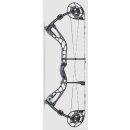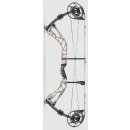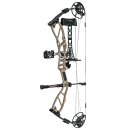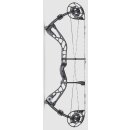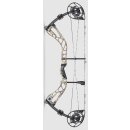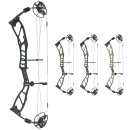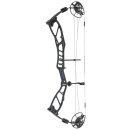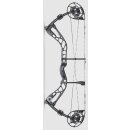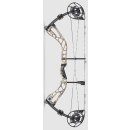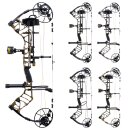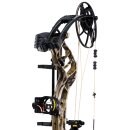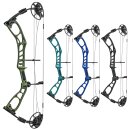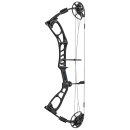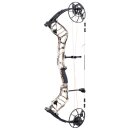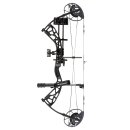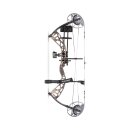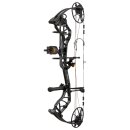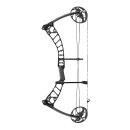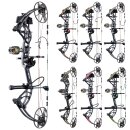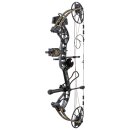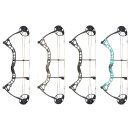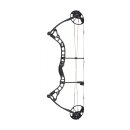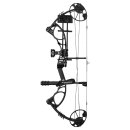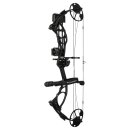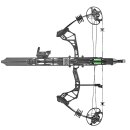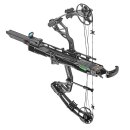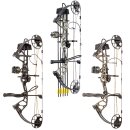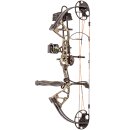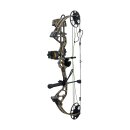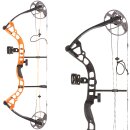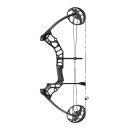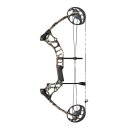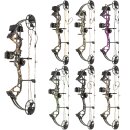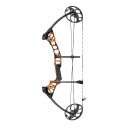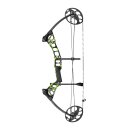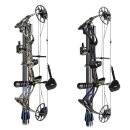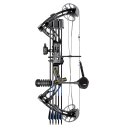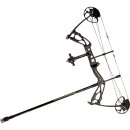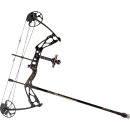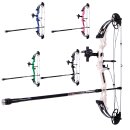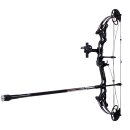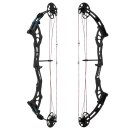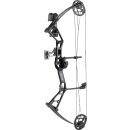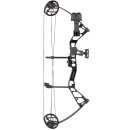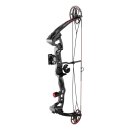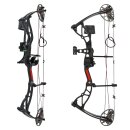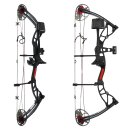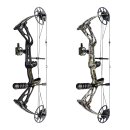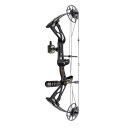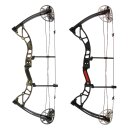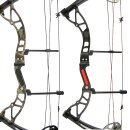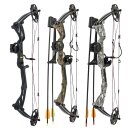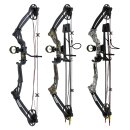20-30 lbs
€
€
34 Items
- SKU:
- 211832
- Variations in:
-
- Hand
- Colour
- GTIN:
- 4064298045231
- Shipping weight:
- 0,00 kg
- SKU:
- 212241
- Variations in:
-
- Colour
- GTIN:
- 4064298308336
- Shipping weight:
- 0,00 kg
- SKU:
- 212243
- Variations in:
-
- Colour
- GTIN:
- 8720054258753
- Shipping weight:
- 0,00 kg
- SKU:
- 211833
- Variations in:
-
- Hand
- Colour
- GTIN:
- 4064298045224
- Shipping weight:
- 0,00 kg
- SKU:
- 212240
- Variations in:
-
- Colour
- GTIN:
- 4064298308343
- Shipping weight:
- 0,00 kg
- SKU:
- 211831
- Variations in:
-
- Hand
- Colour
- GTIN:
- 4064298045156
- Shipping weight:
- 0,00 kg
- SKU:
- 221293
- Variations in:
-
- Hand
- Colour
- GTIN:
- 0000000000000
- Shipping weight:
- 0,00 kg
- SKU:
- 212242
- Variations in:
-
- Colour
- GTIN:
- 8720054255950
- Shipping weight:
- 0,00 kg
- SKU:
- 221292
- Variations in:
-
- Hand
- Colour
- GTIN:
- 0000000000000
- Shipping weight:
- 0,00 kg
- SKU:
- 212088
- Variations in:
-
- Hand
- Colour
- GTIN:
- 4052229420943
- Shipping weight:
- 0,00 kg
- SKU:
- 221295
- Variations in:
-
- Hand
- Colour
- GTIN:
- 0000000000000
- Shipping weight:
- 0,00 kg
- SKU:
- 213074
- Variations in:
-
- Hand
- Variant
- GTIN:
- 4052229414898
- Shipping weight:
- 0,00 kg
- SKU:
- 221296
- Variations in:
-
- Hand
- Colour
- GTIN:
- 0000000000000
- Shipping weight:
- 0,00 kg
- SKU:
- 211532
- Variations in:
-
- Hand
- Colour
- GTIN:
- 4064298042766
- Shipping weight:
- 0,00 kg
- SKU:
- 212090
- Variations in:
-
- Hand
- Colour
- GTIN:
- 4064298075344
- Shipping weight:
- 0,00 kg
- SKU:
- 212089
- Variations in:
-
- Hand
- Colour
- GTIN:
- 4064298220485
- Shipping weight:
- 0,00 kg
- SKU:
- 203298-L
- GTIN:
- 4710933464164
- Shipping weight:
- 5,30 kg
- SKU:
- 221274
- Variations in:
-
- Hand
- Colour
- GTIN:
- 0000000000000
- Shipping weight:
- 0,00 kg
- SKU:
- 221288
- Variations in:
-
- Hand
- GTIN:
- 0000000000000
- Shipping weight:
- 0,00 kg
- SKU:
- 212091
- Variations in:
-
- Hand
- Colour
- GTIN:
- 4052229373089
- Shipping weight:
- 0,00 kg
- SKU:
- 213071
- Variations in:
-
- Hand
- Variant
- GTIN:
- 4052229953564
- Shipping weight:
- 0,00 kg
- SKU:
- 211534
- Variations in:
-
- Hand
- Variant
- GTIN:
- 8720054204040
- Shipping weight:
- 0,00 kg
- SKU:
- 213073
- Variations in:
-
- Hand
- Variant
- GTIN:
- 4052229953571
- Shipping weight:
- 0,00 kg
- SKU:
- 213742
- Variations in:
-
- Colour
- GTIN:
- 4064298309128
- Shipping weight:
- 0,00 kg
- SKU:
- 209421-B
- GTIN:
- 6976176934774
- Shipping weight:
- 3,00 kg
- SKU:
- 213746
- Variations in:
-
- Colour
- GTIN:
- 4064298309159
- Shipping weight:
- 0,00 kg
- SKU:
- 212780
- Variations in:
-
- Draw weight
- Colour
- GTIN:
- 4064298075528
- Shipping weight:
- 0,00 kg
- SKU:
- 201983-X
- GTIN:
- 0754806348261
- Shipping weight:
- 2,50 kg
- SKU:
- 201780-L
- GTIN:
- 042609300235
- Shipping weight:
- 2,00 kg
- SKU:
- 203285-L
- GTIN:
- 4710933463938
- Shipping weight:
- 3,70 kg
- SKU:
- 213741
- Variations in:
-
- Colour
- GTIN:
- 4064298309111
- Shipping weight:
- 0,00 kg
- SKU:
- 213736
- Variations in:
-
- Hand
- Colour
- GTIN:
- 4052229426013
- Shipping weight:
- 0,00 kg
- SKU:
- 212232
- Variations in:
-
- Colour
- GTIN:
- 4052229740584
- Shipping weight:
- 0,00 kg
- SKU:
- 212238
- Variations in:
-
- Colour
- GTIN:
- 4052229325170
- Shipping weight:
- 0,00 kg

